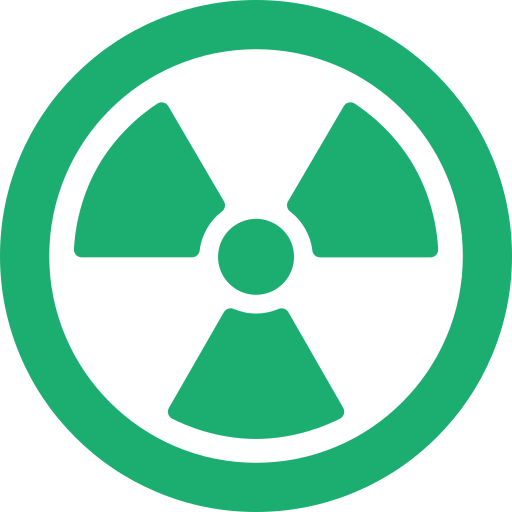Ground Penetrating Radar (GPR) is a non-destructive testing (NDT) technique used to assess subsurface structures and materials by emitting high-frequency electromagnetic waves into a material and measuring the reflections to create a subsurface image. It is a valuable tool for various industries where the non-invasive inspection of subsurface structures is critical.
BENEFITS
- Non-Invasive: GPR allows for non-invasive inspection, meaning it doesn’t damage the material or structure being tested.
- Real-Time Imaging: GPR provides real-time subsurface imaging, allowing immediate interpretation of results on-site.
- High Resolution: It can provide high-resolution images, making it possible to detect small anomalies or defects.
- Versatility: GPR can be used on a wide range of materials, including soil, concrete, asphalt, rock, and more.
- Depth Profiling: It can assess the depth and thickness of subsurface features.
- Cost-Efficient: Compared to some destructive testing methods, GPR is often more cost-effective in terms of time and resources.
- Safety: It is a safe and non-ionizing radiation technique, making it suitable for various environments.
APPLICATIONS
- Construction and Civil Engineering: GPR is used to locate rebar, utilities, voids, and other subsurface structures in concrete structures and pavements.
- Environmental Assessment: It is used to assess soil composition, identify buried tanks or waste, and detect groundwater levels.
- Geology and Mining: It is used for geological mapping, fault detection, and exploration of mineral deposits.
- Utilities and Infrastructure: GPR helps in locating buried pipes, cables, and utilities to prevent accidental damage during excavation.
- Road Inspection: It assists in evaluating road and pavement conditions, including identifying subsurface defects.








